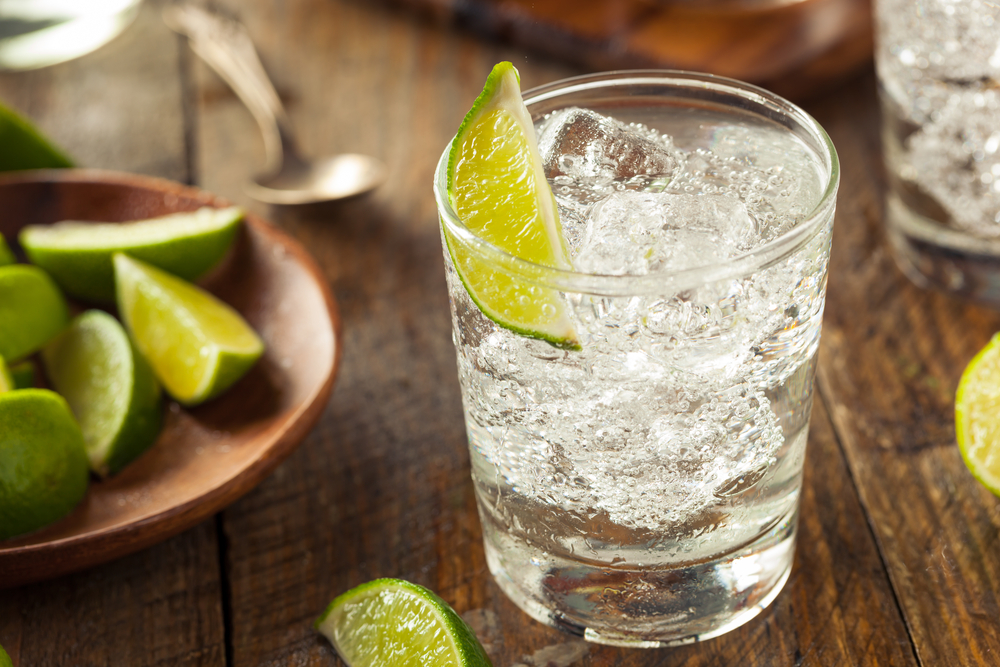Shot in the Dark: College Students Don't Know How Strong Their Drinks Are

WASHINGTON — Do you know how much alcohol is in your drink? If you're making a judgment based on taste and smell alone, you may miss the mark, a new study from England finds.
Young people, in particular, "are really bad at detecting how much alcohol there is in a drink by taste or smell," said Philip Terry, a professor of psychology at Kingston University London. Terry presented his findings Aug. 4 here at the American Psychological Association's annual meeting.
To see how well young adults could determine how much alcohol was in a drink, the researchers did two experiment with college students. [7 Ways Alcohol Affects Your Health]
In the first experiment, 48 college students who drank vodka at least once a week tasted three vodka tonics with different alcohol concentrations: 3.8 percent, 7.6 percent and 15 percent alcohol by volume. (Vodka on its own is 40 percent alcohol by volume; on average, beer is about 5 percent and wine is about 12 percent alcohol by volume.) After one sip of each drink, the people in the study completed a questionnaire about the drink's bitterness, sweetness and strength. The questionnaire also asked how much the participant liked the drink. Then, without looking at the questionnaire, they were asked to rank the drinks in order of strength.
On the first attempt, only 28 of drinkers (about 58 percent) got the order right, the researchers found. Then, the participants had the chance to try the drinks again and change their rankings; five more (about 10 percent of the total group) switched to the correct order.
But why could some people get the order correct, whereas others could not? "We can't find much at the moment" to distinguish between the people who got it right versus those who got it wrong, Terry told Live Science. For example, more experienced drinkers weren't more likely to rank the drinks correctly than less experienced drinkers.
Those who did correctly rank the drinks based on alcohol content were more likely to say that they liked the lowest-alcohol drink the most and the highest-alcohol drink the least, Terry said. Therefore, it's possible that they ranked the drinks based on how much they liked them. In comparison, the people who got the order wrong were more likely to say that they liked all three drinks a similar amount.
Get the world’s most fascinating discoveries delivered straight to your inbox.
In the second experiment, a different group of 48 college students repeated the experiment, but with an additional drink: a sweet alcoholic drink made with lemonade. As in the first experiment, the researchers gave the students three of each drink — each one containing one of three different alcohol concentrations — and asked them to rank the drinks based on strength. [Here's How Much Alcohol Is OK to Drink in 19 Countries]
The researchers also added one more step: They measured how well each person responded to a bitter taste (in this case, a chemical called phenylthiocarbamide) and a sweet taste (the artificial sweetener sucralose). People who can taste the chemical phenylthiocarbamide, and are therefore more sensitive to bitterness, are often referred to as "supertasters."
As in the first experiment, there was no difference between a person's drinking experience and his or her ability to rank the drinks correctly.
But the supertasters appeared to have an advantage: They were able to correctly rank the lemonade-based drink, Terry said. This advantage was limited to the sweet drink, though; the supertasters fared similarly to the non-supertasters when ranking the bitter vodka tonic.
"So far, that's the only factor we've been able to find," Terry said. "Supertasters are able to discriminate" alcohol strengths, but only in sweet drinks.
Terry noted that the people in the study went into the experiments confident that they would get the drink rankings correct. But in both experiments, about half got it wrong.
People typically believe that they will know if they are given a drink that's stronger than what they'd normally choose, but these experiments suggest that "their perception doesn't conform to reality," Terry said. "About half of people would struggle to detect a significant change in the alcohol content of a drink."
The inability to detect when a drink has more alcohol could make people vulnerable to drinking more than they should, Terry said. But because people may be overestimating this ability, they should be a bit cautious when given drinks with unknown alcohol contents, he said.
The findings have not yet been published in a peer-reviewed journal.
Originally published on Live Science.




